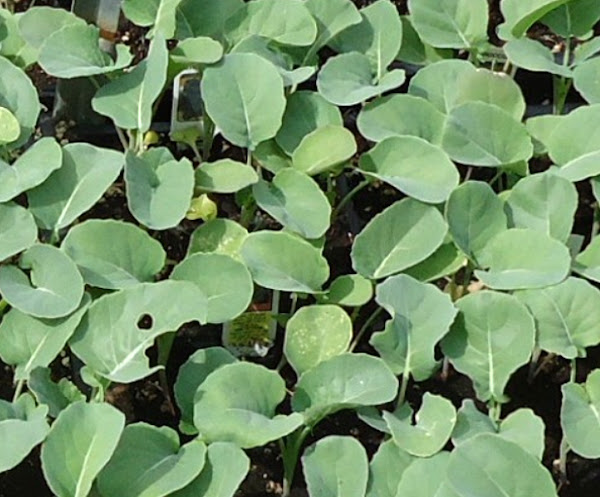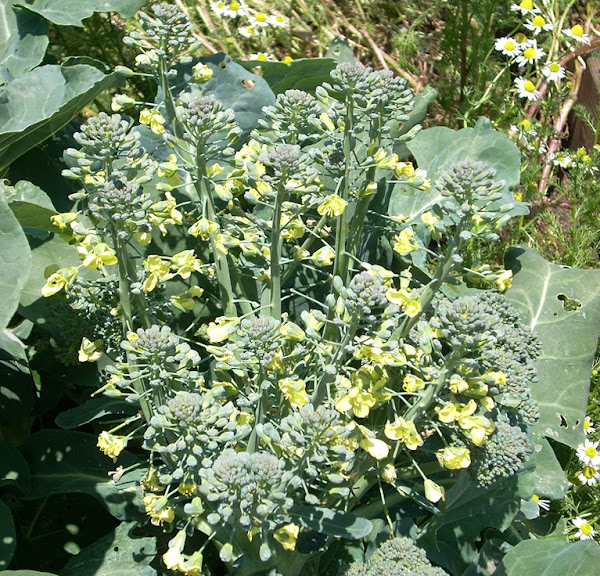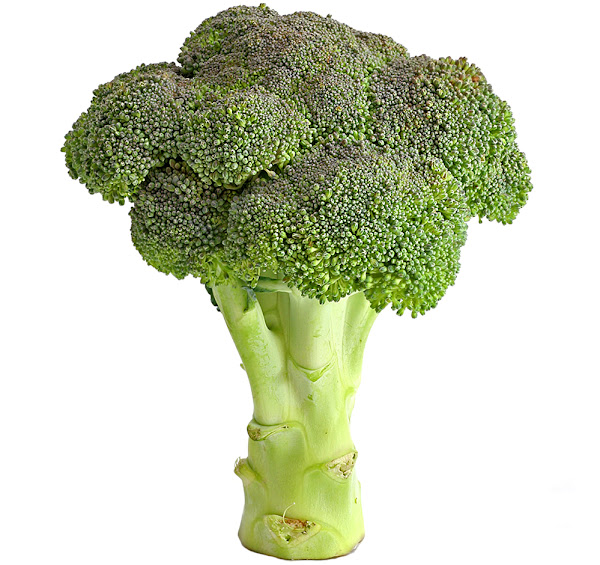Growing broccoli organically is popular among the home gardeners. Broccoli (Brassica oleracea) is actually an edible green plant whose large flowering head is eaten as vegetable. It belongs to the cabbage family, actually a cool-season and can’t be grown throughout the year.
Broccoli is rich in vitamins, especially vitamin C and Vitamin K. It’s very healthy and you probably love to have this vegetable in your table. It can be consumed in many different ways including raw and processed.
Growing broccoli organically in home garden can be a great way for enjoying this vegetable. Home grown broccoli will taste good plus you have full peace of mind that it’s totally organic.
How to Start Growing Broccoli in Home Garden
Growing broccoli in home garden is not that easy. It requires lots of care and maintenance for growing broccoli organically in the home garden, just like growing cabbage. However, here we are describing more about growing broccoli in your home garden.
Select a Variety
There are actually 3 common types of broccoli available namely Calabrese, Purple cauliflower and Sprouting. The Calabrese broccoli type has large green heads and thick stalks.
The Purple cauliflower type is grown in Europe and North America. It has a head shaped like cauliflower but consisting of tiny flower buds. While the Sprouting broccoli has a large number of heads with many thin stalks.

Within these 3 types, there are many other varieties available. Some popular broccoli varieties are Calabrese, Flash, Green Duke, Green Goliath and Paragon. While choosing a variety, try to know it’s surviving ability in your area.
Purchase Seeds
Search your nearest seed stores for the seeds of your desired broccoli variety. The seeds should be available if you live somewhere where broccoli is grown. You can also order broccoli seeds online. Always try to purchase good quality seeds for growing broccoli in your home garden.
Best Time for Growing Broccoli
Broccoli is a cool-season crop that can’t do well in hot summer weather. It actually grows well when exposed to an average daily temperature between 18 and 23 °C. Just like growing spinach, broccoli can be grown in the spring or fall.
Preparing the Soil
Broccoli grows well in sandy soil with the availability of full sun. The plants require very fertile soil (rich in organic materials) for proper growing. So prepare the land before planting seeds or transplants. Till the soil and add well-rotted aged manure or homemade compost. This will give the broccoli plants most of their required nutrients.
Planting
Broccoli can be grown either by planting seeds or transplants. Broccoli plants are very hardy and the seeds can germinate in soil with temperatures as low as 40º F.
For growing broccoli from seeds, start the seeds 4-5 weeks before the plants are needed. Plant seeds about half inch deep in rows, 3-5 inches apart. Keep about 2.5 feet space between the rows. Water the seeds regularly during their germination period. Thin the seedlings 1 to 1.5 feet apart.

Growing broccoli from seeds is not recommended for the beginner home gardeners. You should plant the transplant instead for avoiding hassles. You will probably be able to purchase transplants easily from any of your nearest nurseries.
Caring
Like growing cauliflower in home garden, growing broccoli also require some additional caring and maintenance after planting. Here we are describing more about the common caring steps for growing broccoli organically in home garden.
Feeding/Fertilizing
Broccoli plants are heavy feeders and they require lots of nutrients in the soil. So, you will need to fertilize the soil often for better growth. Fertilize the soil 3 weeks after transplanting with organic fertilizers such as manure or compost.
Watering
Keeping the soil moist constantly is very important for proper growth of the broccoli plants. So water the plants regularly, especially during in drought conditions.
Mulching
Mulching around the broccoli plants will help to retain moisture in the soil. And it will also help to prevent weeds from the garden. Use organic materials for mulching.
Controlling Weeds
Weeds will consume nutrients from the soil. So controlling them will be good, so that you can ensure all the nutrients are available for the broccoli plants. Hoe between the rows for controlling weeds (do this very carefully, because the broccoli plants have very shallow roots).

Pests and Diseases
The most common pests of the broccoli plants are the cabbage worms, cabbage loopers, flea beetles, aphids and whiteflies. Visit your garden often and look for any sign of pests. If you notice any pests, remove the leaves or entire plants and destroy them.
Downy mildew is a common disease in the broccoli plants. This disease cause yellow patches on the leaves and it is generally caused by moist weather. Try to keep the leaves as dry as possible and ensure good air circulation.
Nitrogen deficiency problem is also common in the broccoli plants. The plants need high nitrogen if you notice the leaves are turning yellow. Blood meal can be great for this purpose.
Harvesting
The broccoli will be ready for harvesting when the buds of the head are firm and tight before the heads flower. But harvest immediately, if you see yellow petals. The broccoli will taste best if you harvest in the morning before the soil heats up.
For harvesting, use a sharp knife and cut the heads from the plant and take at least 6 inches of stem. Most of the broccoli varieties have side-shoots that will continue to develop after the main head is harvested. So you can harvest broccoli from one plant for many weeks.
Hope you have enjoyed this guide! If you have love this vegetable, then you should definitely consider growing broccoli in your home garden. Good luck!





